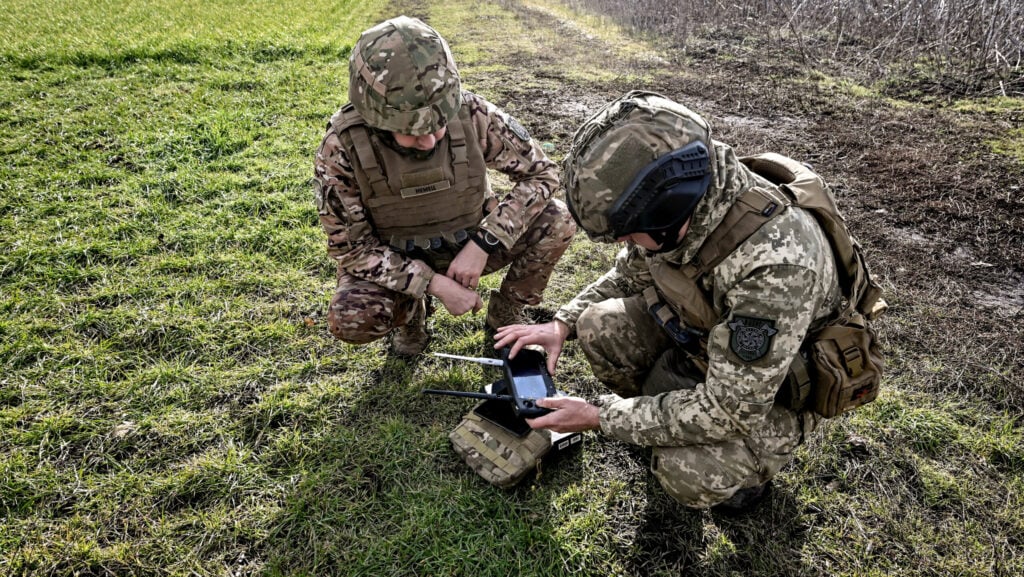Revolutionizing Drone Warfare with AI in Ukraine
In a notable article by The Washington Post last July, the focus was on the transformative impact of the ongoing war in Ukraine on drone warfare, particularly with the integration of artificial intelligence (AI). Reports emerged in the fall indicating that both Russia and Ukraine had deployed small drones equipped with AI for target identification and navigation, eliminating the need for constant human guidance.
The potential implications of AI-driven drones were significant. They promised to render traditional electronic warfare strategies ineffective, as disrupting the operator’s control link would no longer thwart the autonomous drones. This shift could have replaced skilled drone operators with easily trained individuals, streamlining the targeting process and reducing the manpower required for drone operations.
Despite the initial hype surrounding AI-enabled drones, recent assessments have cast doubt on their actual impact. A report from the Center for a New American Security in early February questioned the efficacy of the AI features in drones like the Russian Lancet-3, highlighting unverified claims of autonomous target engagement. Furthermore, independent analyses suggested that the AI guidance on Russian drones may have been deactivated, indicating potential technical setbacks in the field.
Experts in the field, including Alexander Kott and Sam Bendett, echoed these concerns, emphasizing the need for extensive testing and refinement before widespread adoption of AI in military drones. The challenges of achieving true autonomy in drones, comparable to human decision-making and situational awareness, remain significant hurdles for both Russia and Ukraine.
The complexities of integrating AI into drone operations extend beyond technical capabilities to include coordination, communication, and decision-making processes. Achieving seamless networking and information sharing among AI-driven systems requires advanced software and hardware infrastructure, posing challenges for countries like Ukraine with limited resources for technological investments.
While the current conflict in Ukraine may not fully showcase the potential of AI in drone warfare due to cost constraints and technical limitations, the future outlook for high-tech nations like the US and China appears more promising. Despite the hurdles in miniaturizing AI for drones and ensuring reliability in combat scenarios, incremental improvements in AI performance can still yield significant advantages in military operations.
In the evolving landscape of drone warfare, the quest for AI integration continues, with the promise of enhancing operational efficiency and effectiveness on the battlefield. As nations navigate the complexities of AI adoption in military technology, the balance between innovation and practicality remains a critical factor in shaping the future of autonomous drone warfare.










